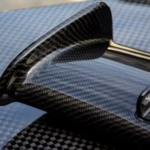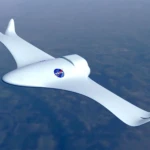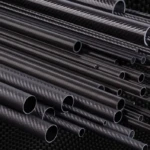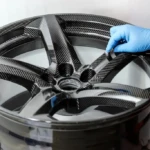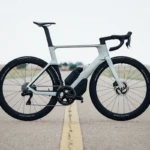CNC ceramic processing is a highly specialized process that requires high precision and expertise. From a good point of view, we have many years of experience in providing first-class five-axis CNC machining services, including the ability to use a wide range of materials, including ceramics. In this article, we will dig into the world of CNC ceramic processing and explore its benefits, challenges and applications.
Ceramic materials are known for their unique properties such as high hardness, corrosion resistance and electrical insulation. These characteristics make ceramics ideal for a variety of industries, including aerospace, automotive, medical and electronics. However, due to the fragility and hardness of ceramics, processing ceramics can be a challenging task. This is where CNC ceramic processing comes into play.
CNC ceramic processing uses computer-controlled machines to accurately cut and shape ceramic materials. The process involves creating complex shapes and designs with high precision and precision using advanced software and hardware. Very brightly, we use state-of-the-art five-axis CNC machining equipment to ensure our customers get the highest quality products.
One of the key benefits of CNC ceramic machining is its ability to design complex shapes and designs that are difficult or impossible through traditional machining methods. This is particularly useful in the aerospace and medical industries that require complex ceramic components. In addition, CNC ceramic machining allows for high accuracy and accuracy, which is crucial in applications with tight tolerances.
Another benefit of CNC ceramic processing is its ability to use a wide range of ceramic materials including alumina, zirconia and silicon carbide. Each of these materials has its own unique properties, and CNC machining allows us to leverage these properties to produce components that meet specific requirements.
However, CNC ceramic processing also presents some challenges. One of the main challenges is the risk of breaking or destroying the material during processing. This method can be mitigated by the use of specialized cutting tools and techniques, and the machining parameters can be carefully optimized. From a good point of view, we have developed expertise in processing ceramics and use specialized techniques to minimize the risk of damage.
In terms of application, CNC ceramic processing is used in a wide range of industries, including:
*Aerospace: Ceramic components are used in aircraft and spacecraft due to their high strength, corrosion resistance and electrical insulation properties.
*Auto: Due to its high hardness and corrosion, ceramic components are used in vehicle engines, transmissions and braking systems.
*Medical: Due to its biocompatibility and high strength, ceramic components are used in medical implants, diagnostic equipment and surgical instruments.
*Electronics: Due to its high electrical insulation properties, ceramic components are used in electronic devices such as capacitors, resistors and antennas.
In short, CNC ceramic processing is a highly specialized process that requires very precise and expertise. From a good point of view, we have the expertise and equipment to provide customers with high-quality CNC ceramic processing services. Whether you need complex ceramic components for aerospace, automotive, medical or electronic applications, we have the features that meet your requirements.
FAQ:
Q: What is CNC ceramic processing?
A: CNC ceramic processing is a process of precisely cutting and shaping ceramic materials using a computer-controlled machine.
Q: What are the benefits of CNC ceramic processing?
A: The benefits of CNC ceramic processing include its ability to produce complex shapes and designs, high precision and accuracy, and the ability to use a variety of ceramic materials.
Q: What are the challenges of CNC ceramic processing?
A: The challenges of CNC ceramic processing include the risk of breaking or destroying the material during processing, which can be mitigated by the use of specialized cutting tools and techniques.
Q: Which industries use CNC ceramic processing?
A: CNC ceramic processing is used in a wide range of industries including aerospace, automotive, medical and electronics.
Q: Can excellent light provide CNC ceramic processing services?
A: Yes, Great Light has the expertise and equipment to provide our customers with high quality CNC ceramic processing services.
Q: What types of ceramic materials can be processed using CNC ceramic processing?
A: CNC ceramic processing can be used to process a variety of ceramic materials, including alumina, zirconia and silicon carbide.
Q: How do I get started with CNC ceramic processing?
A: To start working with CNC ceramics, please contact Great Light and our team of experts will work with you to understand your requirements and provide customized solutions.


